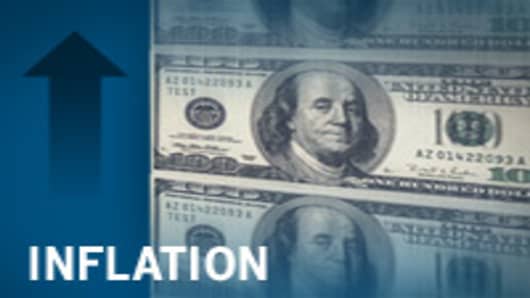The dollar rose and Treasuries fell after the data but quickly reversed course, with the dollar standing little changed on the day and government bond prices higher.
Stocks opened lower as investors worriedthat higher inflation could hinder the Federal Reserve's effort to keep interest rates low and kick-start the economy, weakened by the housing slump.
Video: Watch instant analysis of this morning's economic numbers.
In addition, the data showing continued deterioration in the labor market could fuel pessimism among consumers, already struggling with sliding home values and mounting home foreclosures.
U.S. job markets are severely strained, adding to the burden on consumers who fuel two-thirds of economic activity through their purchases of goods and services.
In a separate report, the Labor Department said another 450,000 workers filed new claims for jobless benefits last week, down 10,000 from a week earlier but still at levels that are associated with recession.
In fact, a four-week moving average of new jobless claims that is regarded as a better gauge of underlying labor trends because it irons out week-to-week volatility, climbed to 440,500 from 421,000 the week before.
That was the highest reading for the moving average in more than six years, since it hit 445,500 in April 2002.
The CPI report showed energy prices kept pushing higher, rising 4 percent in July after a 6.6 percent June gain.
That put energy costs up 29.3 percent on a year-over-year basis, a fact that motorists who pay 37.9 percent more for gasoline than a year earlier know painfully well.
Food costs rose 0.9 percent following a 0.8 percent June increase, putting them 6 percent above levels a year ago.


